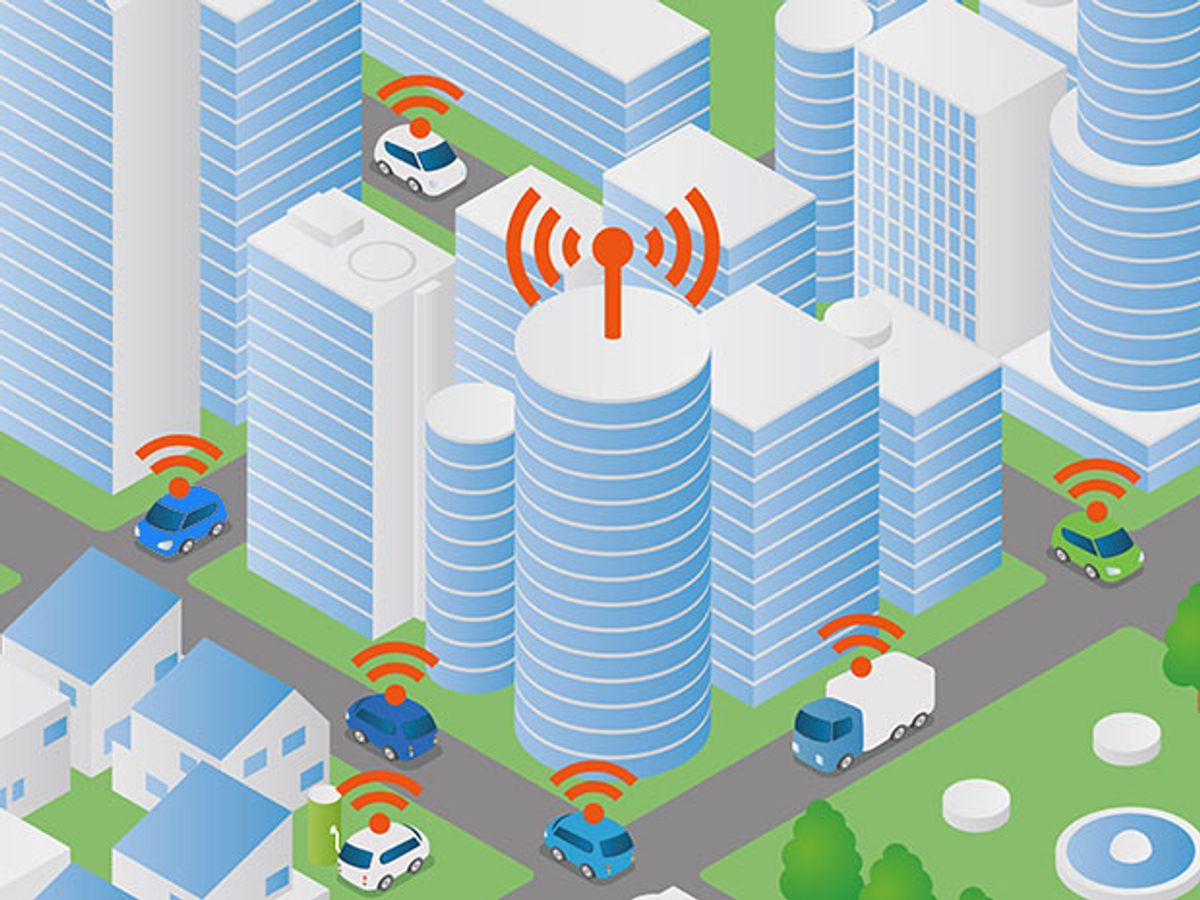“We cannot live in a world where private automobiles are driving by themselves,” says Ryan Chin. That might sound a strange thing for the CEO of a new autonomous vehicle company to say, but then Optimus Ride is no ordinary self-driving start-up.
Founded last year by Chin, who for many years led the City Science Initiative at the MIT Media Lab, along with three current MIT professors and a former general manager of car-sharing service Zipcar, Optimus Ride is less about the glamor of hands-free driving and more about the social benefits (or ills) that autonomous vehicles might usher in.
In his first interview about the stealthy start-up, Chin told IEEE Spectrumabout some of the potential downsides of self-driving cars. “The worst scenario for private [autonomous] automobiles would be everyone driving autonomously by themselves in their Hummers, which then circle the block or drop people off and go back home,” he says. “Reducing empty vehicle miles to the bare minimum is… the ultimate math problem. How can you get a system to work so that you have the least amount of vehicles serving the most amount of people?”
According to an SEC filing, Optimus Ride, which has around 10 employees and is based in Cambridge, Mass., raised somewhere between $500,000 and $1.5 million last year. The company’s small engineering team is led by Sertac Karaman and Albert Huang, both of whom worked on MIT’s Darpa Urban Challenge car in 2007. Their goal is to build a prototype fully autonomous electric vehicle for use in a taxi or ride-sharing service.
“Where we should be, from a societal point of view, is [an arrangement where] autonomous jitneys that pick people up, drive them, have maximum utilization, and that don’t park for very long except for recharging,” says Chin.
So far, his ideas sound much like the Level 4 driverless taxis being developed by everyone, including Google, Uber, Faraday Future, and Zoox (which has raised hundreds of millions of dollars since IEEE Spectrum profiled it last year). Where Optimus Ride differs from its well-funded rivals is Chin’s suggestion that self-driving cars should be protected from what he calls “crazy human drivers.”
“Here in Boston, people cut each other off all the time,” he says. “An angelic autonomous vehicle that follows every rule possible is just not going to make it given the bullies out there.” He also notes that the research into the behavior of pedestrians and cyclists is still in its infancy, and that no self-driving car can recognize which people it should be paying special attention to.
“How does a vehicle see that a policeman is waving it around a corner? Or determine whether that person on their phone is suddenly going to step into the street?” asks Chin. “People are unpredictable and we’ve haven’t got AI to the level where we can tackle these issues.”
He also worries that securing curbside access for self-driving cars to safely collect and drop off passengers could be tricky in today’s crowded cites.
Chin believes that the best solution is to create urban autonomous zones that are reserved for low-speed self-driving vehicles. “In doing that, you have a living lab experimental playground for growing these autonomous systems where you don’t have to worry about mixing with other drivers or high speeds,” he says. Once the technology matures, Chin envisages autonomous zones expanding to take over more of a city and ultimately spreading globally.
Chin draws a parallel with bike-sharing programs. When the world saw the success of Paris’s Vélib scheme, dozens more quickly popped up around the world. “Cities are generally conservative, but there is a copycat mentality that could be key for autonomous driving,” says Chin. “If you can get one city to really adopt this in some big, scalable way… other leaders could see it working and copy the idea. But that can only happen once you have a system that is operational enough where people believe it.”
Chin said that Optimus Ride will start testing its prototype vehicle next year. This will probably happen on private land to avoid the technical and regulatory difficulties associated with testing in public. Chin would not say where the testing would take place, or even if it would be within the United States.
What he did reveal is that: “It’s not going to be a one-vehicle demonstration. We’ll test a small fleet. We need to have the network effect, in terms of inter-vehicle communication and how it works as a fleet. Solving the redistribution issue is the key to the sharing economy.”
However, not everyone is convinced that even the most congested cities are ready to embrace a fully driverless future. Karl Iagnemma ran MIT’s Robotic Mobility Group before founding nuTonomy, an autonomous vehicle startup based in Cambridge and Singapore. “Ryan is one of the few people in the world who deeply understands the impact that autonomy will have on future urban transportation,” says Iagnemma. “The application of autonomous vehicles to private roads is a clear near-term opportunity [but] it’s less clear to me how quickly we will see autonomous zones in cities.”
“There’s going to be a whole new culture that has to emerge,” admits Chin. “I’m suggesting with these autonomous zones that we create an environment where you say to people, this is the future, we’re going to invent it here and there are going to be new sets of rules that allow this technology to maximize its potential.”
Mark Harris is an investigative science and technology reporter based in Seattle, with a particular interest in robotics, transportation, green technologies, and medical devices. He’s on Twitter at @meharris and email at mark(at)meharris(dot)com. Email or DM for Signal number for sensitive/encrypted messaging.



